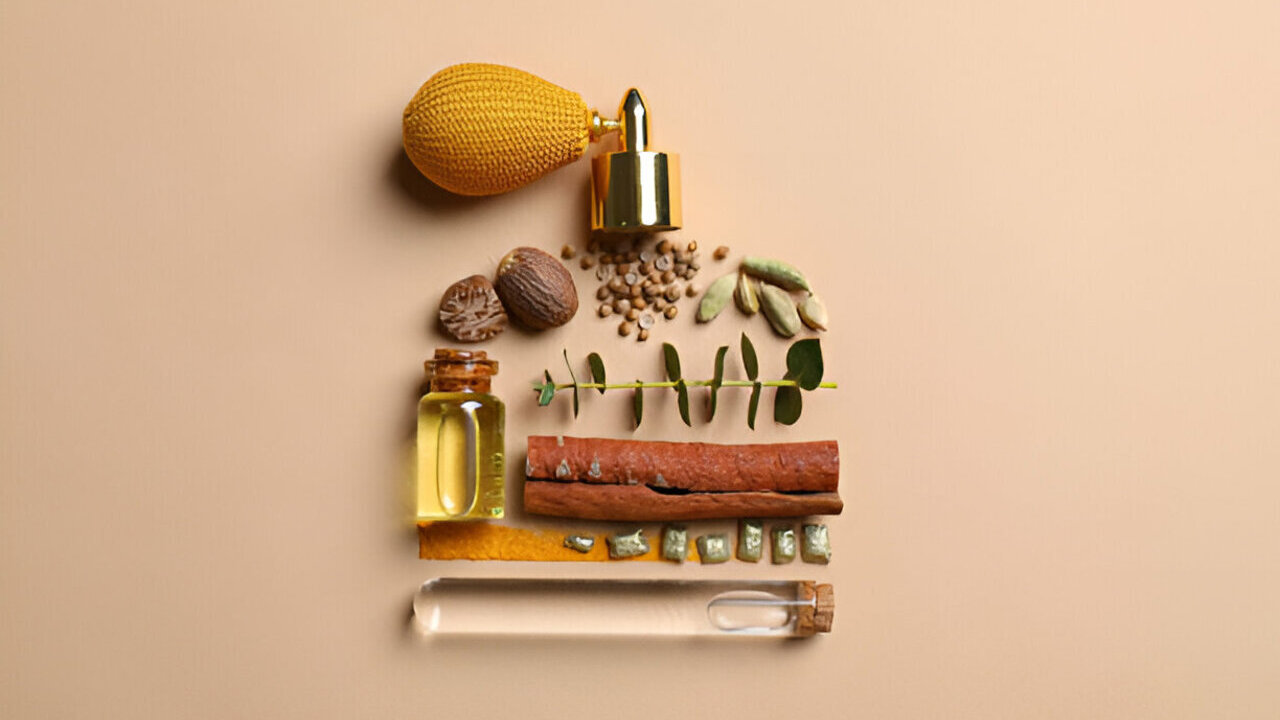Table of Contents
ToggleThe art of crafting the perfect bottle of perfume relies heavily on the fragrance ingredients. The quality of the perfume ingredients and the recipe are what set luxurious, high-end perfumes apart from low-quality scents that turn sour after a few hours. Understanding the composition of perfumes in detail is crucial, especially if you’re looking to sell blends. As an agent, wholesaler, retailer, or brand owner, understanding perfume components is key to selecting high-quality scents that will leave your customers in love and coming back for more.
So let’s explore the perfume ingredients that form the backbone of perfumery, coming from a company that has been working in this field for over 10 years. We’ll also delve into the most crucial perfume ingredients and how to select the right ones for a successful business.
1. Natural Ingredients
Common fragrance ingredients in perfumes fall into several categories, each with a unique role and contributing differently to the scent profile of the finished product.
Natural perfume ingredients are those that are derived directly from plants, animals, insects, and other sources in nature. They are often considered the most luxurious and exclusive ingredients in the perfume industry. Since we don’t have control over natural ingredients, they can vary in terms of texture and scent profile, adding another layer of uncertainty and making them more expensive. Though natural ingredients add depth, richness, and complexity to a fragrance, natural does not always mean better.
Natural ingredients can cause allergies, while synthetic ingredients can be longer-lasting. It depends on the type, quality of the ingredient, and how it is used in the blend that makes the difference. That being said, here are the types of natural ingredients:
Botanical Extracts
- Flower Perfume Ingredients: Flowers are the most common type of botanical ingredient in perfumes and are used to add an aromatic touch. For example, roses are one of the most common floral perfume ingredients and are used in the heart notes of perfumes.
- Leaves: Leaves with a unique, strong scent profile add a grounding, earthy element. For example, patchouli has a strong earthy and woody scent and is commonly used in oriental perfumes.
- Woods: Woods like sandalwood and cedarwood have warm, earthy aromas and are often used in base notes to give depth to the scent. Taking oud perfumes as an example, oud is derived from agarwood trees infected by a specific type of insect and is one of the most sought-after ingredients in perfumery. It has a deep, woody, and long-lasting scent.
- Spices: Spices like clove and cinnamon are often used in oriental perfumes. They bring a mysterious, exotic, and exciting edge to blends.
- Fruits: Citrus fruits such as lemon, orange, and grapefruit provide fresh, zesty top notes that immediately captivate the senses.
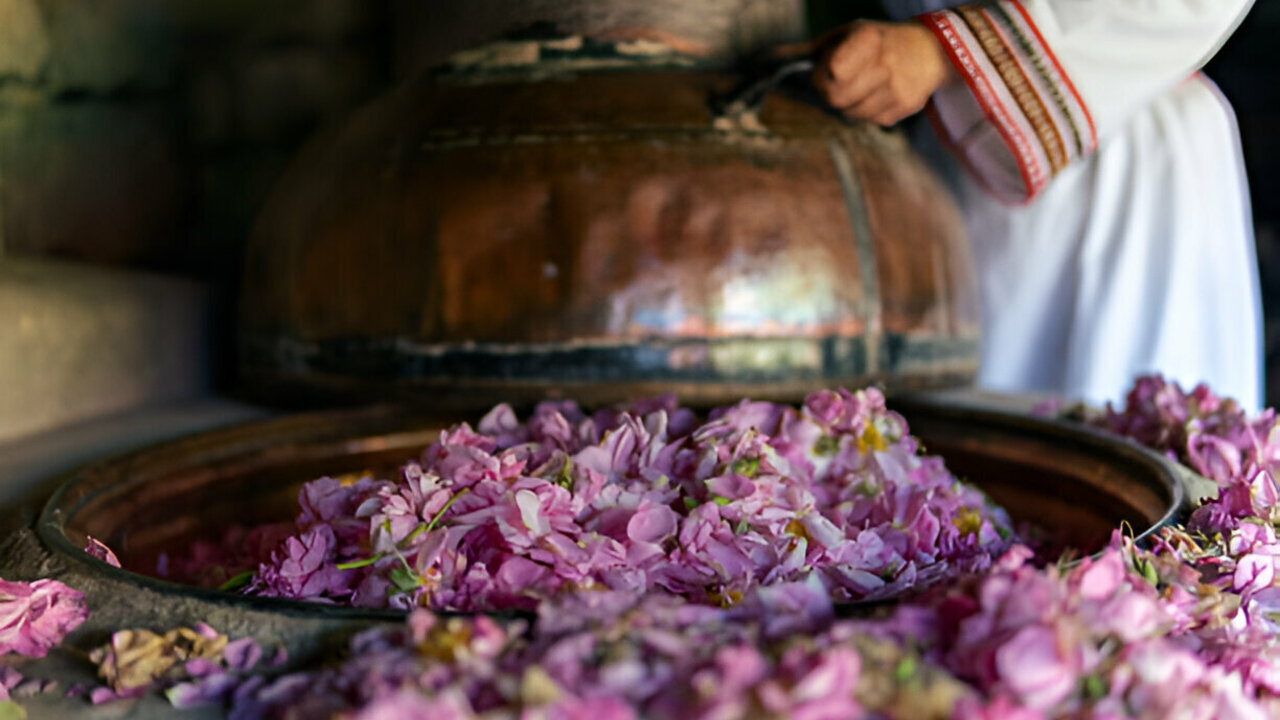
Animal-Derived Ingredients
Some animal-derived perfume ingredients have become controversial and are no longer extensively used due to ethical concerns. However, they have been used for centuries for their rich, musky, and sensual scent. Some animal ingredients are still commonly used when their extraction does not involve animal cruelty.
- Ambergris: Ambergris fragrance is a rare, waxy substance produced in the digestive system of sperm whales. It is sometimes called “floating gold” because of its high value and scarcity. Historically, it was used as a fixative because it helps perfume scents last longer.
- Musk: Musk was historically extracted from the musk glands of male musk deer and used as a fixative. Since deer were often killed to obtain musk, plant alternatives like musk mallow are now used instead.
- Civet: Civet is another animal-derived ingredient that was used for its musky, sensual scent. It has now been replaced by synthetic versions.
- Castoreum: Castoreum is a thick liquid obtained from beaver glands and was historically used as a fixative and base note. However, synthetic and plant-based alternatives are now used.
- Leather: Leather has been blended into fragrances for centuries for its unique, sexy profile.
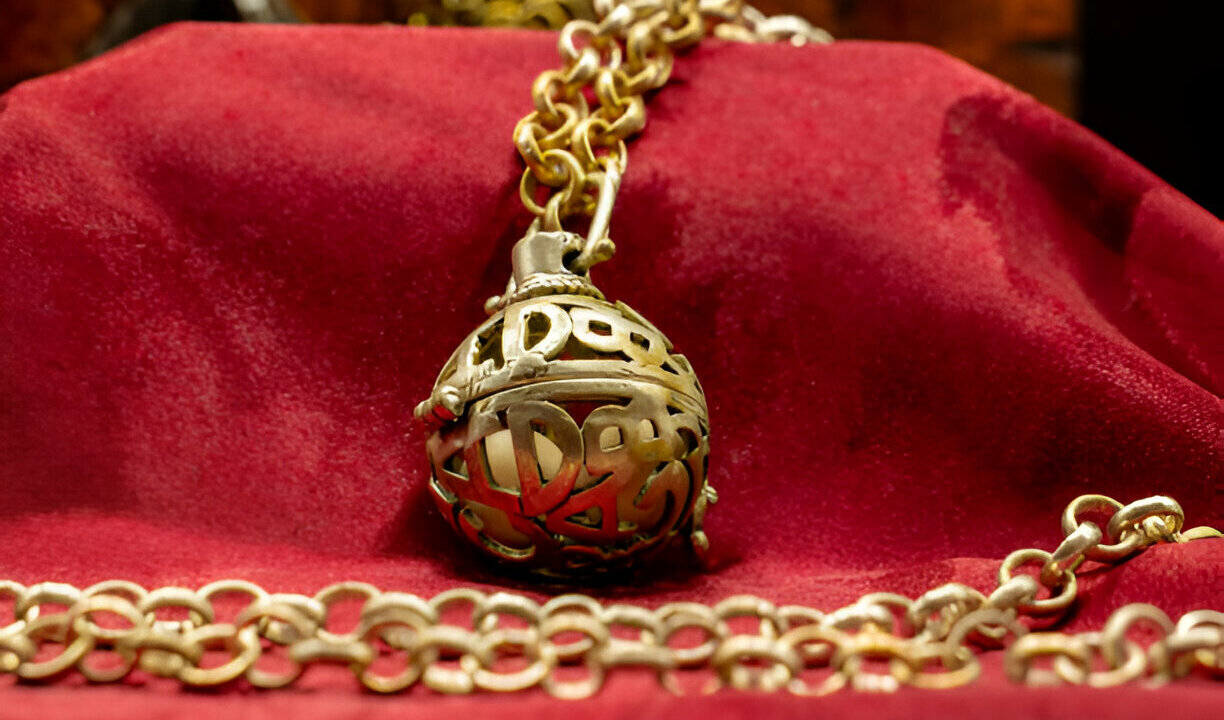
Resins & Balsams
Resins and balsams are derived from tree sap and, therefore, also come under plant-derived ingredients. They provide a rich, warm, and sweet aroma to blends.
- Frankincense and Myrrh: These have spiritual notes and are often used in oriental perfumes and incense.
- Benzoin: Benzoin has a sweet and comforting scent and is used as a fixative as well.
2. Synthetic Ingredients
Synthetic perfume ingredients are often designed as cruelty-free, more reliable, and affordable replicas of natural ingredients. Alternatively, they can be entirely new scents. Due to their versatility, synthetic perfume ingredients can be used to create unique fragrances based on trends and modern users’ preferences.
Synthetic Aromatics
Synthetic aromatics are synthetic compounds used solely to add scent. Common synthetic aromatics include:
- Synthetic Aldehydes: Aldehydes in perfumes provide a fresh, soapy scent and are used in almost every synthetic perfume in the world. While they occur naturally, they are commonly synthesized in labs to produce unique, long-lasting scents not always found in nature.
- ISO E Super: ISO E Super is valued for its woody and amber-like scents.
- Calone: Calone is a synthetic fragrance with a fresh, sea-breeze, marine-like scent and is commonly used in watery fragrances to evoke a sense of the sea.
Synthetic Animalics
- Synthetic Musks: Synthetic musks like Galoxides are formulated to mimic natural musks and provide a sensual, musky scent sustainably.
- Synthetic Leather: Leather accords are designed to replicate the bold, smoky, animalistic scent of leather. However, due to its contrasting properties, this is challenging. Leather accords are used in both masculine and feminine fragrances, offering a bold yet soft blend with notes that can be floral, smoky, or woody all at once.
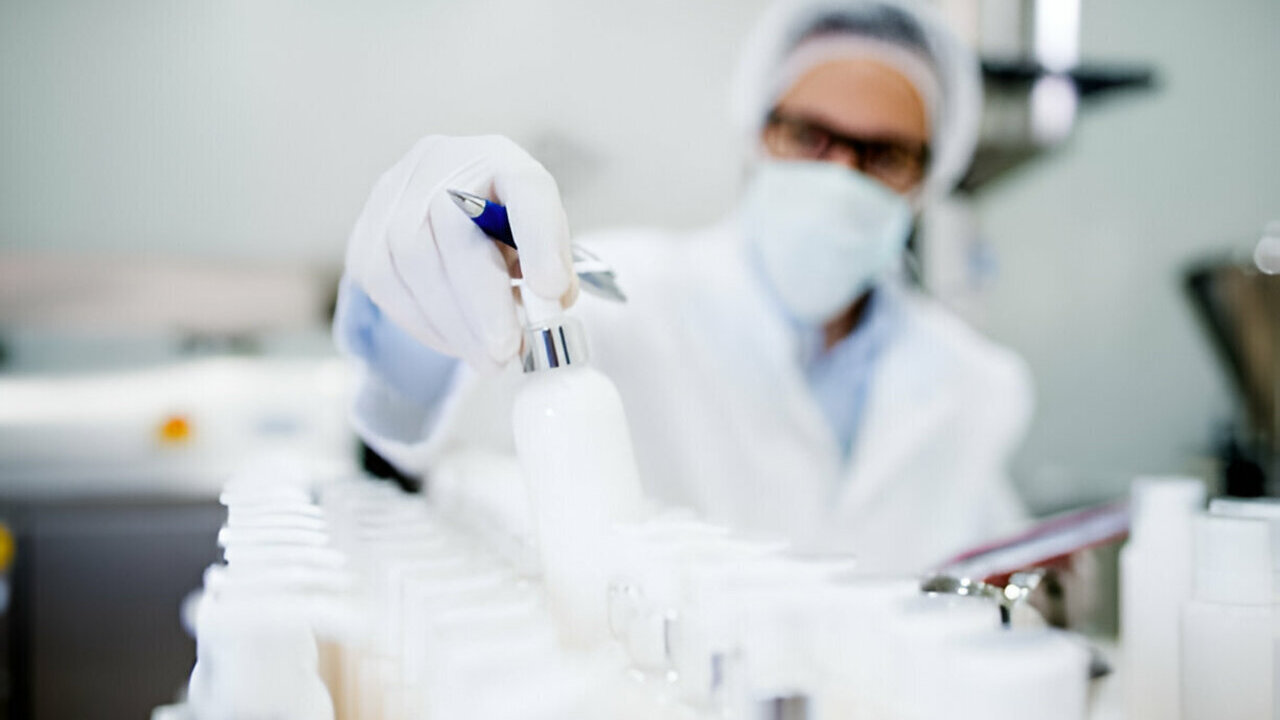
3. Essential Oils
Essential oils are highly concentrated oils derived from plants through steam distillation or cold pressing. They are expensive but, due to their authentic scents, form the foundation of many perfumes. For example, lavender oil is prized for its calming scent, rose oil for its instantly recognizable aura, and bergamot oil for its zesty, fresh aroma.
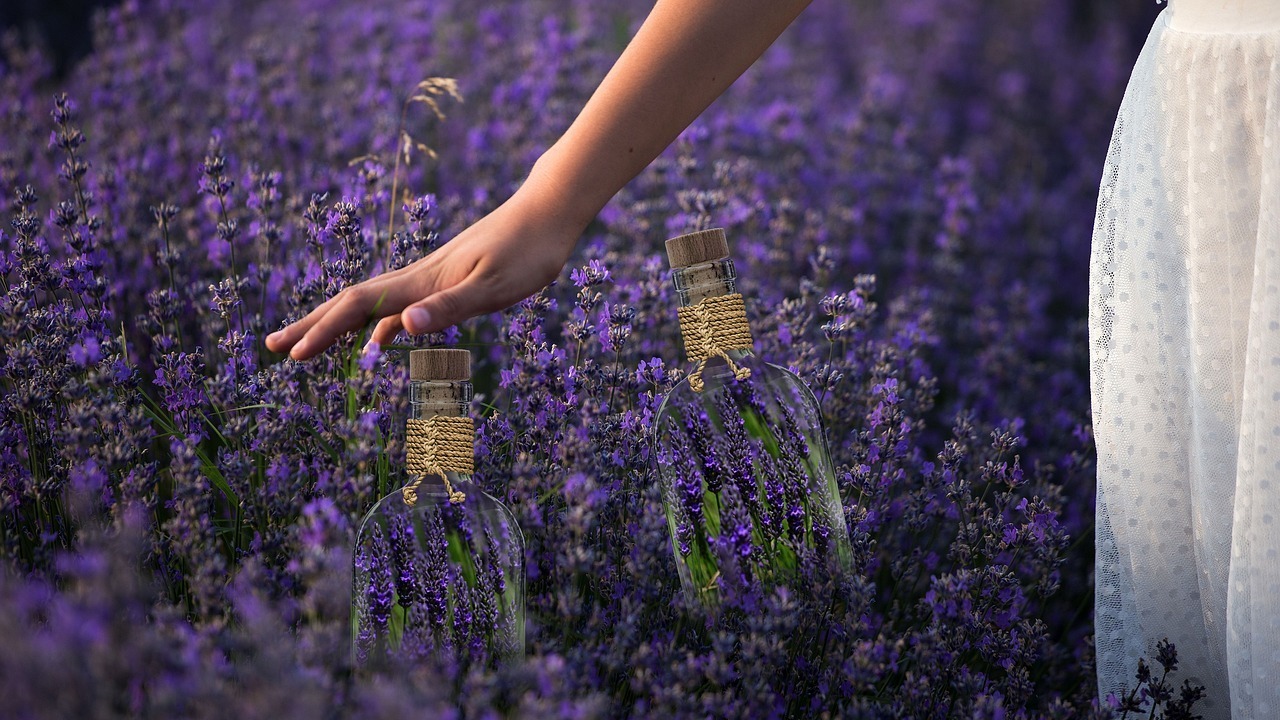
4. Absolutes and Resinoids
When essential oils cannot be extracted through traditional methods, absolutes and resinoids are used instead. For example, jasmine absolute has a classic, rich fragrance, while benzoin resinoid is extracted from tree bark for its complex aroma. Balsams like Peru and Tolu balsams are cherished for their sweet, warm fragrances.
5. Isolates
Isolates are single aroma molecules isolated from natural sources to achieve a very specific note. For example, linalool is derived from lavender, vanillin from vanilla, and ethyl vanillin is the synthetic version of natural vanillin.
6. Aromachemicals
Aromachemicals are synthetic compounds created to modify or enhance fragrances. For instance, Ambroxan is a synthetic compound that mimics musk, Hedione offers a fresh floral scent, and Coumarin has a sweet, hay-like note.
7. Fragrance Vehicles
Fragrance vehicles are solvents used to carry and diffuse perfume oils into the air slowly over time.
- Alcohol (Ethanol):
Alcohol is the most common fragrance vehicle in modern perfumes. The perfume concentration is determined by the percentage of alcohol relative to other aromatic compounds. Alcohol is used in perfumes because it is light and volatile, which enables it to lift and disperse the perfume. It is also invisible, cost-effective, neutral in smell, easy to obtain, and non-toxic to humans.
Less commonly used fragrance vehicles include oil, water, waxes, and glycols, which are typically found in less common perfume types, such as oil-based or solid perfumes.
8. Fixatives
Customers often demand that their perfume lasts all day without re-application. A question you need to ask as a perfume seller is, ‘What ingredients make a perfume last longer ?’ The answer is fixatives. Fixatives are substances used to slow down the evaporation of fragrance notes, allowing the scent to last longer. Resins, musks, and oud were traditionally used as fixatives, but many synthetic alternatives are now employed.
For example, synthetic options include musk ketone, musk ambrette, and synthetic civet.
Heart Notes: The Soul of Perfume’s Scent Profile
The most important part of the perfume is undoubtedly the heart note, the middle note of the perfume. Heart notes form 40-80% of the scent profile and are what remain on the skin even after other scents have evaporated. The top notes evaporate after 10-30 minutes, after which the heart notes unfold. They provide depth and complexity to a fragrance, making it linger longer and evoke emotion.
Innovations in Perfume Ingredients: Biotechnology Meets Beauty
The perfume industry is embracing biotechnology to produce lab-grown ingredients in perfumes like bio-sourced musk. This allows the creation of compounds that possess the qualities of natural compounds in a cruelty-free manner.
Brands can now meet the growing customer demand for ethical and cruelty-free cosmetic products. Driven by the clean beauty movement, customers are increasingly demanding sustainable, ethical, and cruelty-free products. Due to this, the synthetic fragrance market is expected to reach USD 14.05 billion by 2032, reflecting the boom in demand for unique, ethical, and cruelty-free fragrances, particularly among millennials and Gen Z.
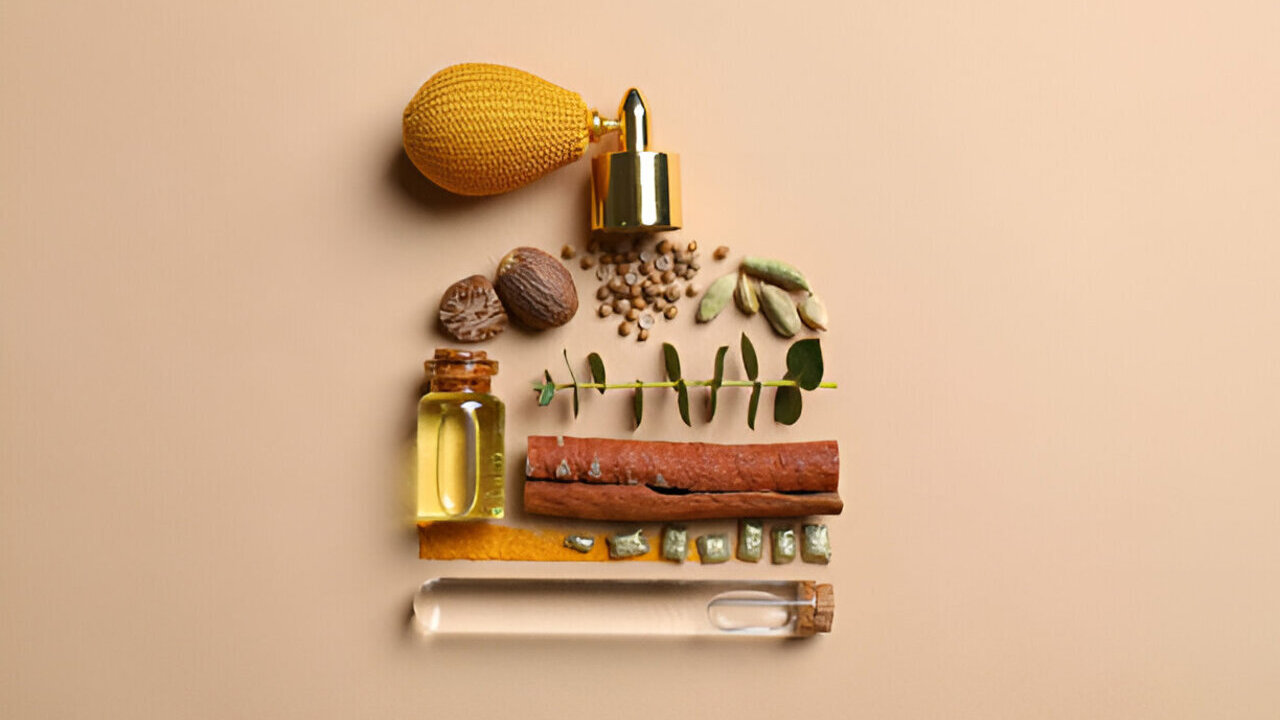
Key Insights for Brand Owners in the Perfume Industry
Although creating perfumes is easier than ever, thanks to efficient synthetic methods, it’s also easier than ever to produce cheap-quality perfumes. The market is flooded with low-quality perfumes, which, at best, don’t last long and, at worst, are toxic to the wearer.
As a brand owner, agent, wholesaler, or professional in the perfume industry, it’s essential to select a trusted supplier to work with and verify the perfume ingredient lists and certifications. Communicate ingredient quality and sourcing with consumers to build trust, especially for natural and luxury perfume ingredients. Stay up-to-date on trends like clean beauty and local and international regulations to avoid potential issues.
Summing It Up
Crafting the perfect fragrance is an art that takes years to master. At SOB Fragrances, we honor the complexity of scent creation, and our expert perfumers have spent over three decades perfecting their craft. Every ingredient is carefully selected to build a fragrance that tells a story—unique, captivating, and unforgettable.
For wholesale buyers, private-label brands, and businesses looking for expertly crafted wholesale perfumes, we offer custom scent development, high-quality formulations, and full-scale manufacturing solutions. For us, perfume is not just a cosmetic afterthought—it’s a journey of love between the crafter, wearer, and the bottle, which is reflected in each scent we create. Reach out to us, to bring your fragrance vision to life.

